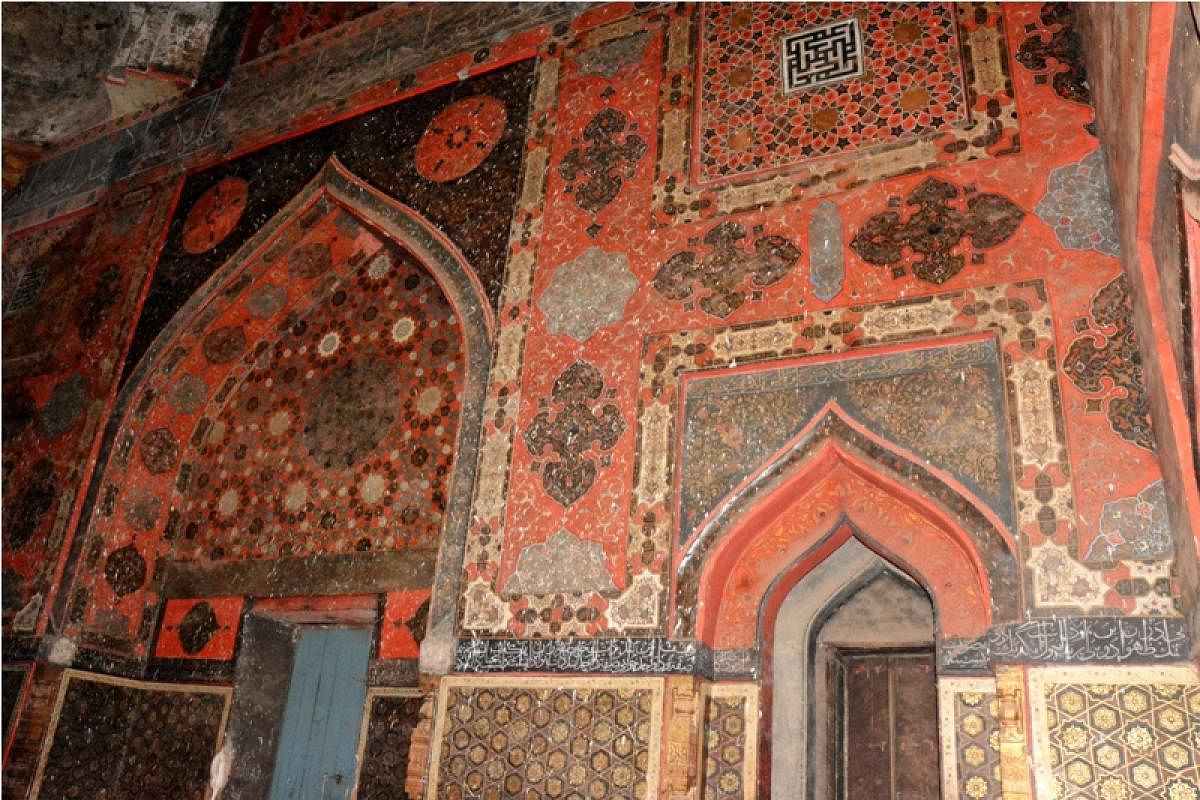

Bidar is said to be the crown of Karnataka due to its geographical location in the state. Politics has always had a major influence on society. Nearly 600 years ago, shifting the Bahmani Sultanate’s capital from Gulbarga to Bidar brought about a great change in culture, art and architecture of the region. As a result, today, the red-soiled city houses many wonders of Indo-Islamic design.
The ninth Sultan of the Bahmani Empire, Ahmed Shah Wali Bahmani made Bidar his capital and ruled from 1422 till 1436. The ruler made Bidar beautiful by inviting artisans and architects from Turkey and Persia.
Local talents
He also involved local talents to add an Indo-Islamic touch to Bahmani architecture. After the fall of the Chalukya dynasty, the local artisans, who were experts in temple carving, began to get involved in Bahmani work. This gave artisans an opportunity to develop a new style. From here, the fusion of Indo-Islamic art and architecture began.
Many visitors to Bidar’s monuments enjoy the outer parts of the structures. When one nears the monuments, though, one can see many intricate and decorative forms of detailed craftsmanship.
In the unique Bahmani style, most structures are built in Turkish design, whereas the doors, windows and platforms are built in Indo architecture style using black stone. As the depiction of living things in Islam is restricted, the artists have carved floral and geometrical patterns.
Rangeen Mahal has a special quality in its interiors. It houses intricate designs made of mother of pearl on the door arch, tile work on the bottom part of the walls and ceiling, as well as pillars with wooden carvings.
Artwork
Mahmud Gawan Madrasa stands high, with its tall minarets featuring Arabic calligraphy and geometric patterns. This is a three-storey building which was once an international residential education centre. Chaukhandi, a tomb of Sufi saint Khalil-Ullah Kirmani, built in the shape of a crown with an octagonal-shaped plan, is decorated with stucco work and calligraphy on black stone. One of the major attractions at Ashtur is the tomb of Sultan Ahmed Shah Wali Bahmani which houses a big mural. The upper part of the wall displays the name of the sultan. The paintings have been done in natural pigments, with some parts decorated with original gold leaf (gold foil). The huge ceiling is intricately engraved with Arabic letters and floral designs.
One should remember archaeologist and historian Ghulam Yazdani and IAS officer Harsh Gupta who took a special interest in the renovation and conservation of these monuments.
Globally recognised, Bidri art took birth here and was patronised under Ahmed Shah Wali Bahmani. He invited metal engraver expert Abdulla-bin-Kaiser from Persia, who later trained local goldsmiths to decorate the royal courts. Even today, artisans can be seen actively creating pieces using these techniques. Bidri art is generally made of zinc, lead and copper alloy embedded with pure silver on the outer surface. Later, the artefact is placed in boiled fort soil which gives it a black tint.
Today, Bidar is a tourist destination which many scholars from across the globe visit for their research. The people of this region revere Ahmed Shah Wali Bahmani as a Sufi saint for his contributions.
The District Administration has decided to hold Bidar Utsav in the following week, from January 7 to 9. The event will feature and celebrate the rich cultural heritage of the district.
The Utsav should celebrate not just the history, but also the Bidri artisans who make the famous artefacts.